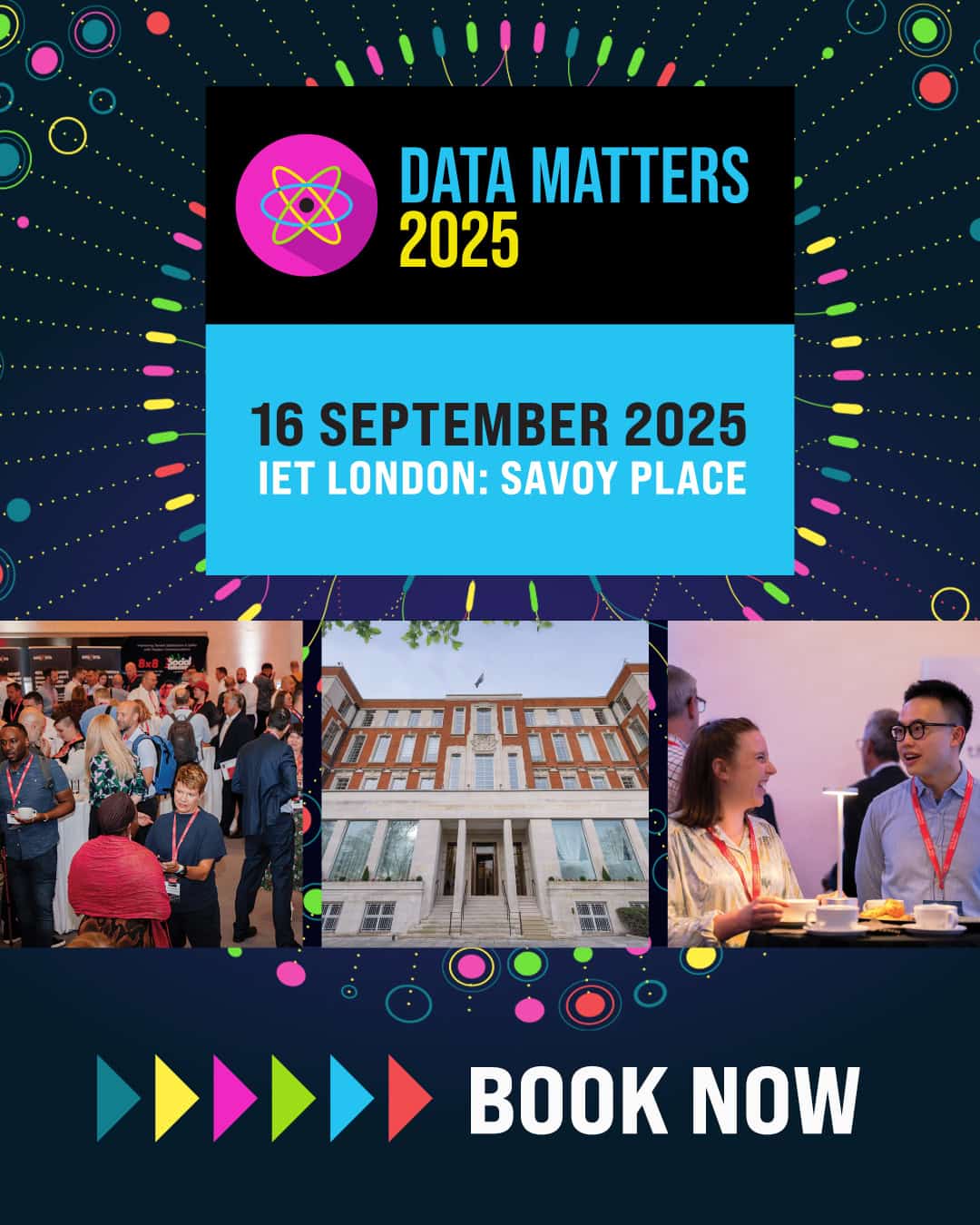Sam Dugmore, the systems development and support manager at Wolverhampton Homes, explains how combining human expertise and artificial intelligence can make homes safer and healthier for social housing tenants.
In the wake of Awaab’s Law, which places new legal duties on housing providers to fix damp and mould problems, the sector is under greater pressure to act faster and more proactively.
For decades, tackling the problem of damp and mould depended on the experience of housing officers, tenants reporting problems directly and the availability of skilled maintenance teams with the skills to carry out the necessary remediations efficiently. However, the social housing sector now has a powerful new ally in the form of AI.
At Wolverhampton Homes, we recently began to explore how AI could help us to address damp and mould more effectively. This involved a pilot project using an AI tool to analyse the data in our systems and predict which properties and households were at risk. The result was 98 per cent accurate in identifying high-risk homes in the properties we manage on behalf of the City of Wolverhampton Council.
The pilot, which involved around 100 homes, has enabled us to see the potential for AI to significantly disrupt the traditional approach to managing problems such as damp and mould. Our question was therefore: could a combination of human insight and machine learning become the future of damp and mould prevention in social housing?
The critical human touch
Damp and mould aren’t just property problems. They can seriously impact residents’ health, wellbeing and quality of life, especially for those who are elderly or have existing vulnerabilities such as respiratory conditions.
Our colleagues have always been on the front-line of tackling this problem. Housing officers, surveyors and maintenance teams bring a depth of understanding that goes beyond just data, combining professional judgement, on-the-ground experience and trusted relationships with tenants built up over time.
It’s housing officers who will notice when a tenant mentions a faint musty smell during a routine visit or they spot condensation around a window. They may be the first to report when a kitchen extractor fan has stopped working and can feed this back to the maintenance team to get a replacement arranged as soon as possible.
An experienced housing officer can also often pick up the subtle signs that a vulnerable resident is struggling to keep their home warm and may start a conversation to find out if they need some additional support.
Tenants put their trust in the teams they are in contact with. This means they often feel comfortable about reporting problems early and housing officers get valuable information that can be added to the data in our NEC Housing system.
The role of technology is to free the people working in social housing to focus more of their time on what they do best – delivering a great service with the vital human touch, and AI has huge potential to do exactly that.
The strengths of AI
As an arm’s length management organisation (ALMO), we’re responsible for managing most of the council homes across the City of Wolverhampton – that’s about 21,000 properties.
During our pilot project, we quickly started to see AI as a smart assistant that saves time for our teams and enables us to act sooner to meet the needs of tenants.
We can use AI to analyse a huge amount of information relating to residents and the location and condition of their homes in a fraction of the time it would take a human to do. By including information on things such as weather and flood patterns for environmental context, we created a list of 100 properties that were most likely to be affected by damp and mould.
We then compared this to existing information, such as complaints, repairs as a result of damp and mould, and previous reports from residents and housing officers. This enabled us to schedule inspections and engage our maintenance teams to prevent problems from getting worse.
The quality of data that the AI tool used to categorise properties was important. When the data tested was outdated or incomplete, the accuracy of its predictions fell to 70 per cent. These findings have strengthened our resolve to ensure the information recorded and stored in our housing management system is consistently of high quality.
Our housing officers can quickly update details of households and properties to our system while visiting residents. This means that if the number of people in a household has recently increased, a tenant starts working from home or there’s been a change such as a resident returning from hospital, this information can be uploaded straight away. This additional information may mean the risk factors for damp and mould also change.
Technology with purpose
By combining an AI’s ability to quickly analyse large volumes of data with the local insight gathered by teams on the ground, housing providers can take a smarter, more proactive approach to tackling damp and mould. For us, this new way of working has helped us to take more targeted action and get better outcomes for tenants.
We’re still at the start of our AI journey but we’re excited about what’s ahead. As regulation tightens, tools such as AI offer a way to not only comply with Awaab’s Law but also to go further in protecting residents and delivering a higher standard of living.
Sam Dugmore is the systems development and support manager at Wolverhampton Homes.


